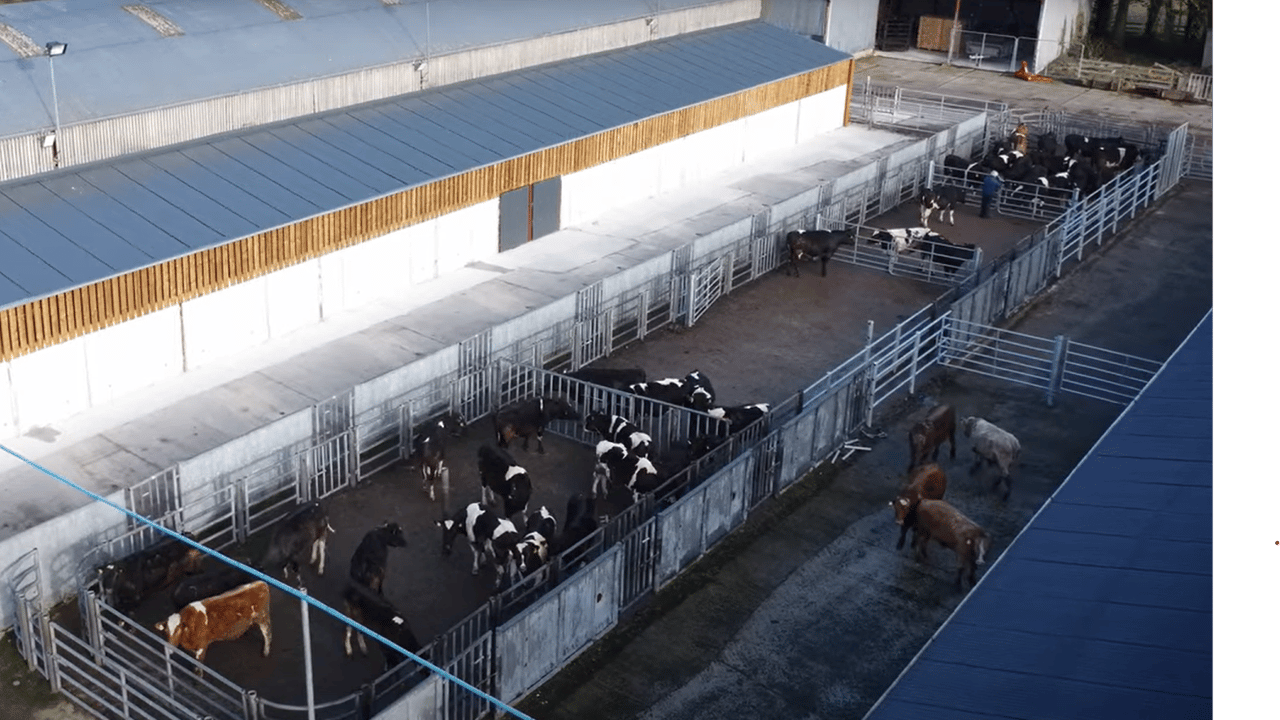2025 ICBF Commercial Beef Value Series

Agriland Media is delighted to collaborate with the Irish Cattle Breeding Federation (ICBF) to bring you the ‘Commercial Beef Value series’.
The final video instalment in the 2025 Commercial Beef Value (CBV) series takes us back to the ICBF Progeny Test Centre in Tully, Co. Kildare.
Tully manager Stephen Conroy provides a comprehensive overview of how ongoing research at the facility plays a critical role in the Gene Ireland Programme.
In this third instalment, Stephen Conroy explains how the Tully trials collect invaluable data that would be challenging to measure on a typical farm.
“We take progeny from AI sires of interest - 15 to 20 progeny per sire - and bring them into the centre about four months before finishing,” he explained.
Each year, the centre tests approximately 700 progeny, with 60% from dairy and dairy-beef systems and 40% from suckler herds.
The animals tested include heifers, bulls, and steers, allowing researchers to evaluate performance across various production systems.
“Animals are weighed every two weeks so we can closely monitor their growth rate,” Conroy added.
Beyond weight tracking, all animals at Tully are monitored for feed and water intake, with additional data collected on greenhouse gas emissions, including carbon dioxide (CO2), nitrous oxide, and methane.
The data captured at Tully feeds directly into the CBV, which helps farmers make data-driven breeding and purchasing decisions.
“Feed intake is an integral component of CBV, accounting for 24% of the overall index. Tully is the primary site in Ireland where this crucial data is gathered,” Conroy explained.
In 2024, 320 dairy-beef steers were assessed at the Tully test centre.
The results show clear differences in animal performance:
| Average daily gain (kg/day) | Dry matter intake (kg/day) | Carcass weight (kg) | Kill-out (%) | Conformation grade | Fat grade | |
| Top 10% | 1.5 | 11.9 | 359 | 54 | R= | 3= |
| Bottom 10% | 1.5 | 13.1 | 318 | 51 | O= | 4- |
Feed efficiency:
- There was a 1.1kg difference in dry matter intake between the top 10% and bottom 10% of animals;
- Over a 100-day finishing period, this equates to a €30 cost difference per animal.
Carcass performance:
- The top 10% of animals, based on CBV, had carcasses 40kg heavier than the bottom 10%, mainly driven by a 3% better kill-out and better conformation;
- At €5-€6/kg, this results in a €240 difference per animal;
- Carcass efficiency combined with feed efficiency reveals that the total financial impact per animal is approximately €270.
“When slaughtered, the animals are broken down into 23 different cuts, each weighed and analysed. This helps us determine which sires produce progeny with superior meat yield and higher-value cuts,” Conroy said.
The CBV was developed to focus on the following traits, which are essential for beef finishers:
- Carcass weight;
- Carcass conformation;
- Feed intake;
- Feed efficiency.
Higher CBV animals are more likely to:
- Produce heavier carcasses;
- Achieve higher kill-out percentages;
- Are more feed and carbon efficient;
- Meet factory specifications.
“Year after year, the data at Tully confirms that higher-index animals outperform lower-index ones. They consume less feed, have better kill-out rates, and importantly, reach slaughter weight at a younger age,” Niall Kilrane, who is a beef breeding analyst at ICBF, confirmed.
Thanks to the National Genotyping Programme, nearly 500,000 calves have been genotyped at birth and parentage-verified in 2025. This means CBV data is readily available for farmers purchasing stock through marts or directly from other farmers.
“The CBV is a great tool because, at three weeks of age, you can’t visually distinguish between a low-CBV and a high-CBV calf,” Michael O’Donnell, a farmer in Clonmel, Co. Tipperary, said.
If you're buying directly from a farmer, always ask to view the CBV profile of the stock. The profile is accessible to all farmers, regardless of HerdPlus membership.
“We now use CBV as part of our purchasing policy to help us select calves that will meet our future targets,” Aidan Maguire, who farms in Navan, Co. Meath, added.
Dairy farmers have a responsibility to produce high-quality dairy-beef calves that integrate well into the beef industry. The Dairy Beef Index (DBI) helps dairy farmers choose bulls that offer:
- Easy calving;
- Short gestation periods;
- High carcass merit.
Using high-DBI bulls with strong beef sub-indexes ensures that dairy-beef calves have strong commercial beef value and thrive in calf-to-beef systems.
The table above shows CBV star-rating percentiles based on the November 2024 evaluation. The next evaluation will be published on Tuesday, March 25th.

